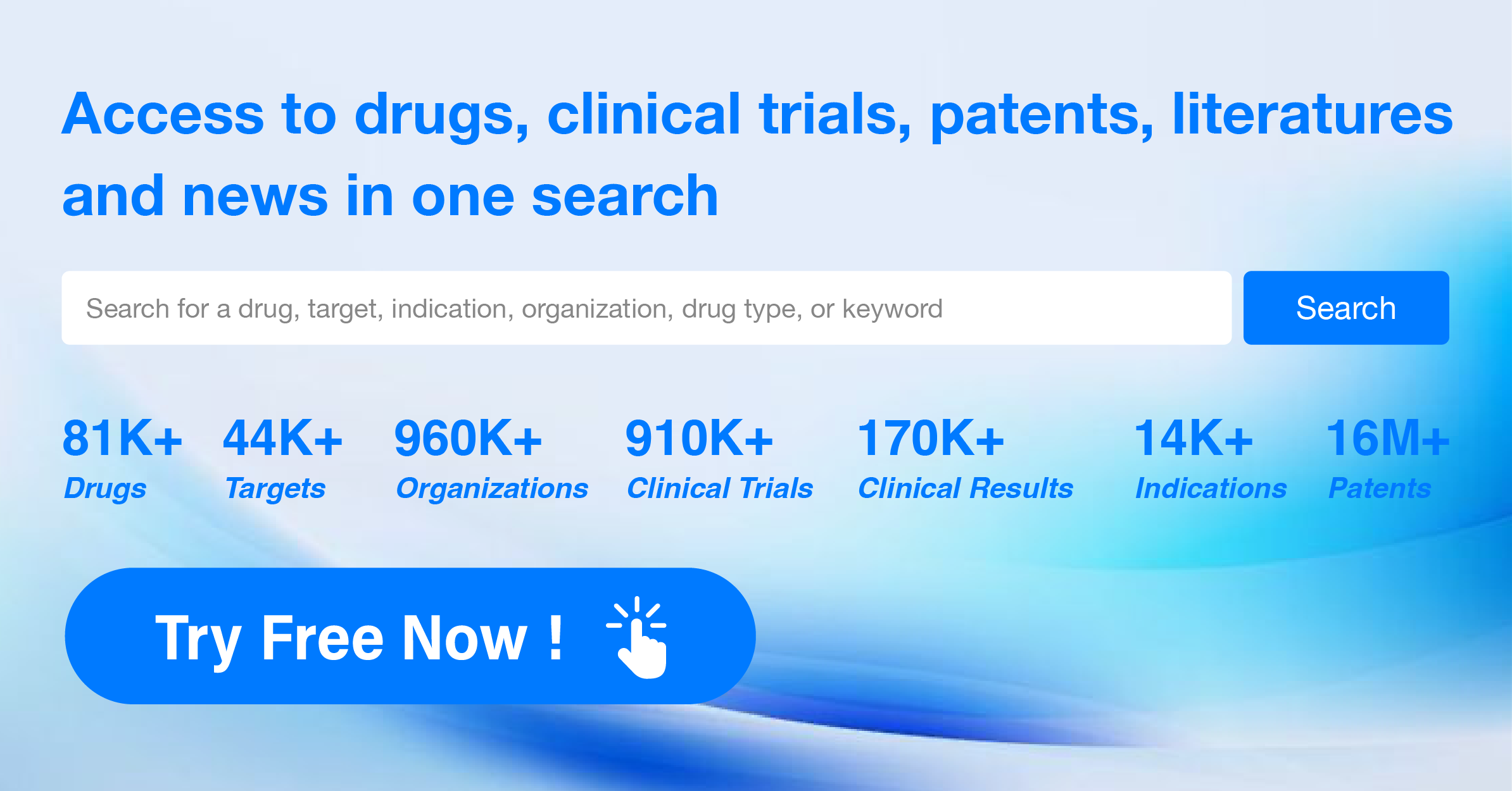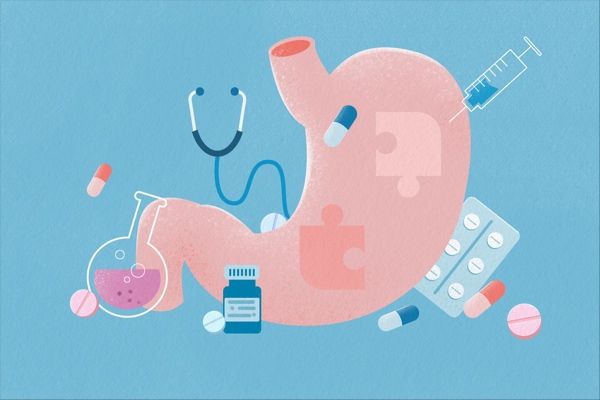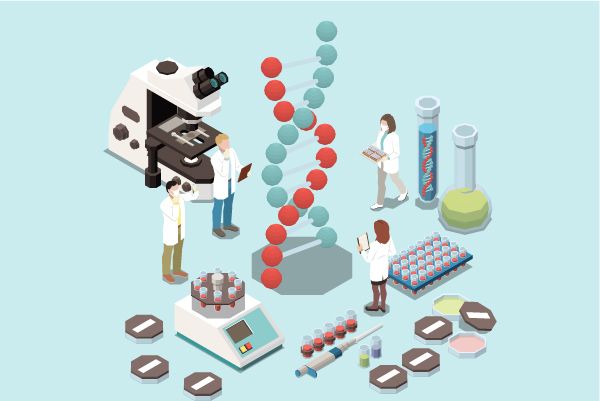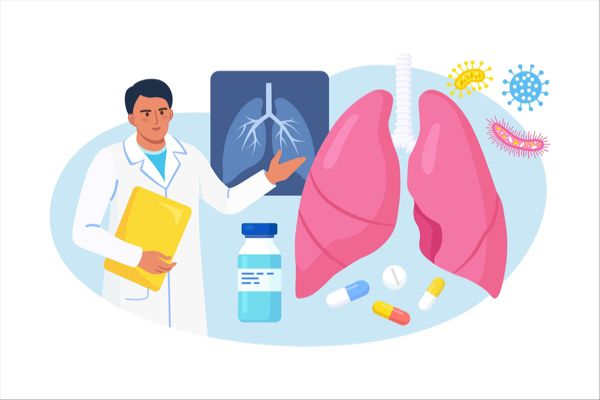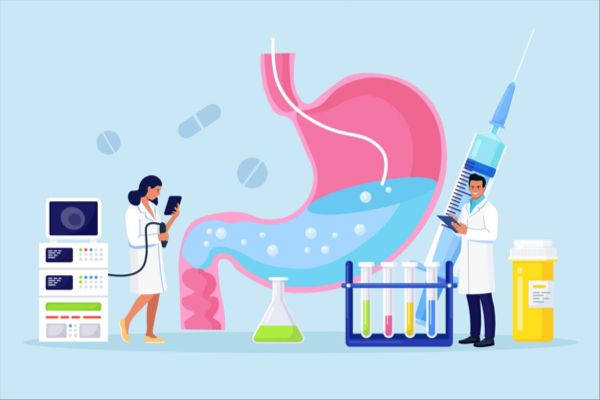What is Pharmacokinetics?
Pharmacokinetics (PK) is the study of how a drug moves through the body, which includes the processes of absorption, distribution, metabolism, and excretion. This scientific discipline is essential for understanding how a drug is absorbed, how it is transformed, and how it is eliminated from the body.
Key aspects of pharmacokinetics include:
·Absorption: The process by which a drug enters the bloodstream from the site of administration, such as the gastrointestinal tract, skin, or injection site.
·Distribution: The movement of the drug throughout the body, including crossing membranes and reaching target tissues or organs. The distribution can affect the concentration of the drug at the site of action.
·Metabolism: The chemical transformation of the drug within the body, primarily in the liver, which can make the drug more or less active or easier to excrete. Metabolism often involves converting the drug into metabolites, which are compounds that are often more water-soluble and can be more easily eliminated from the body.
·Excretion: The elimination of the drug and its metabolites from the body, typically through urine, feces, or exhalation.
·Pharmacokinetic Profiling: The creation of a drug's concentration-time curve, which provides a visual representation of how the drug's concentration in the blood changes over time.
·Half-Life: The time it takes for the concentration of a drug in the body to decrease by half. This is a critical parameter for determining the dosing frequency of a drug.
·Bioavailability: The extent to which the drug becomes available at the site of action, which can be influenced by the drug's formulation and route of administration.
·Pharmacokinetic Modeling: The use of mathematical models to describe and predict the pharmacokinetic behavior of a drug, which can aid in drug development and dosing regimen optimization.
Pharmacokinetics is vital for the safe and effective use of drugs, as it helps in determining the appropriate dosing, understanding drug-drug interactions, and predicting the drug's therapeutic and toxic effects. It is a fundamental component of clinical pharmacology and drug development.
